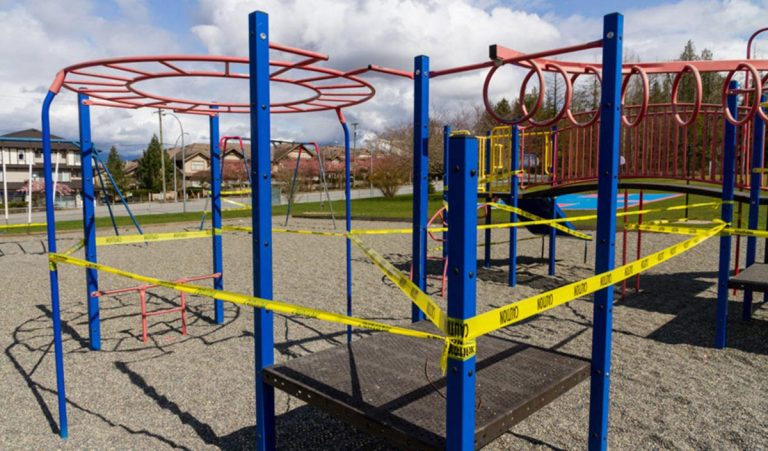Schools are opening again, and COVID-19 cases are rising too

As schools across the world start preparing to open up again, COVID-19 cases are still on the rise. In the US alone, there has been a 90 per cent increase of cases in children over the past four weeks according to a report published by the American Academy of Pediatrics.
Although research appears to show that severe symptoms are rare among children, “It’s not fair to say that this virus is completely benign in children,” said Dr. Sean O’Leary, vice chair of the American Academy of Pediatrics Committee on Infectious Diseases. And when it comes to sending children back to the classrooms, the spread of the disease is still at the forefront when making these well-informed decisions on reopening schools.
With the understanding of just how important it is to get children back into schools, for educational and mental health, in recent weeks President Trump has been pushing for schools to fully reopen come September, after the usual summer break. He has also gone as far as to threaten schools that do not open with a cut of federal funding. In a recent tweet he wrote: “In Germany, Denmark, Norway, Sweden, and many other countries, SCHOOLS ARE OPEN WITH NO PROBLEMS.”
In Germany, Denmark, Norway, Sweden and many other countries, SCHOOLS ARE OPEN WITH NO PROBLEMS. The Dems think it would be bad for them politically if U.S. schools open before the November Election, but is important for the children & families. May cut off funding if not open!
— Donald J. Trump (@realDonaldTrump) July 8, 2020
The Secretary of Education, Betsy DeVos, has previously said that “there’s nothing in the data that suggests that kids being in school is in any way dangerous.” However, there have been outbreaks linked to schools even though much of the evidence suggests schools can be reopened relatively safely.
What are schools doing to prepare for reopening?
Various measures are being put into place, with recommendations such as keeping classroom windows open as well as spacing desks at least six feet (two meters) apart and not using cafeterias or playground equipment.
As Trump compares the difference between progress in countries around the world, he argued that schools’ hesitance to reopen was politically motivated as some European countries had already opened their schools. The president’s air of competition does not seem to take into consideration that those countries, like Germany, only reopened their schools after getting the spread of the virus under control.
The Canadian province of Quebec which reopened elementary schools as early as May, with strict distancing, has now announced fall plans that allow children to socialise freely in groups of six, however each group must stay one meter away from other groups of students and two meters away from teachers.
What happened at North Paulding High School in Georgia?
North Paulding High School in Georgia made headlines after a photo was shared showing students without a mask, and seemingly very little if any social distancing at all. Just a week later, the students have all been sent home to take part in online classes yet again.
Hannah Watters, the student who posted the image online, has said that “We could have just delayed opening like many other schools, They kind of sent us to school and used us as guinea pigs to see what would happen later on.”
Unfortunately, evidence shows that low-income countries face a very different set of circumstances from high-income countries. A higher proportion of households that include both children and elderly people have difficulty enforcing social distancing, not just at home but in existing school settings and work environments, as there is an urgency to maintain a working wage for adults to prevent hunger and poverty, Working from home is a luxury in many cases.
School is a vital point of contact for public health and is critical to the wellbeing of children and families. There are undoubtedly going to be many trial and errors at changing the school system in order to allow children their school communities, without jeopardising a city or town’s health over all, and this is going to be happening all over the world until a vaccine is created. But it is important to note that we are all going to be watching and learning from the different processes that countries attempt, and we have to acknowledge that evidently this will take time.
The United States has the highest rate of COVID-19 infections through community transmissions to date, and Trump wants to open up schools regardless of this fact. Ignoring this could truly be detrimental to all US states in the long term.




